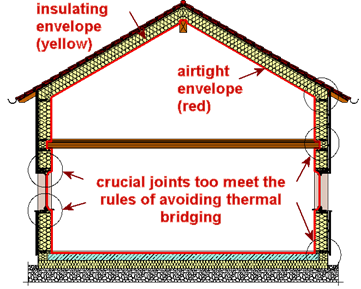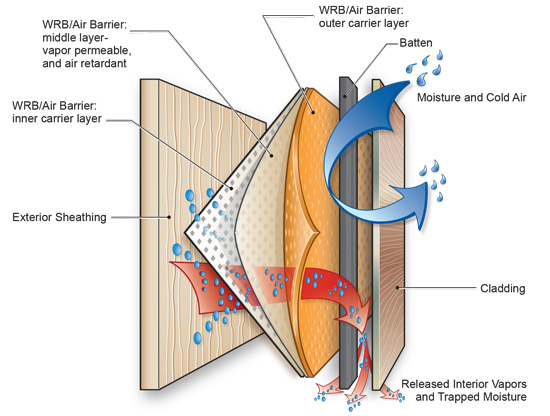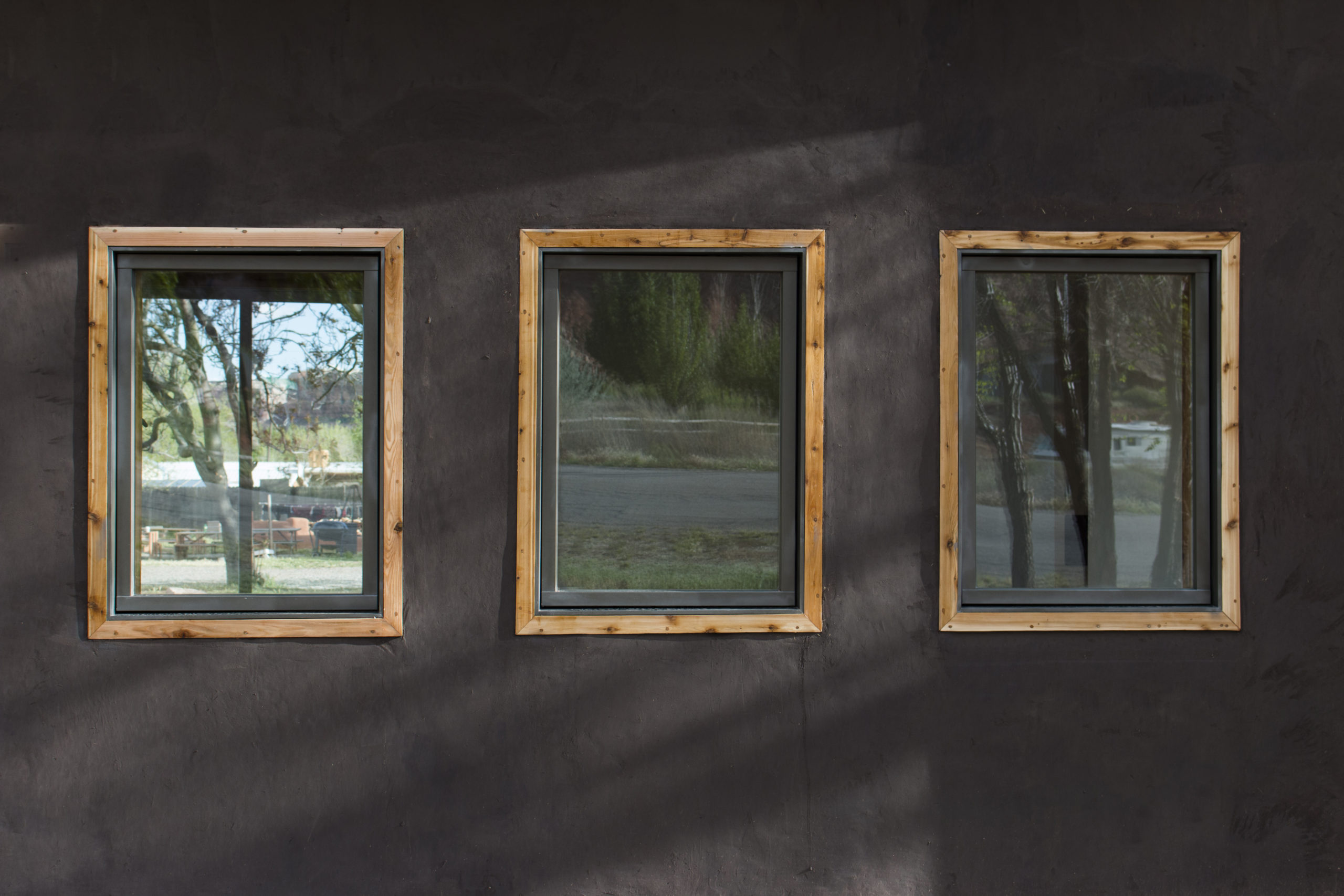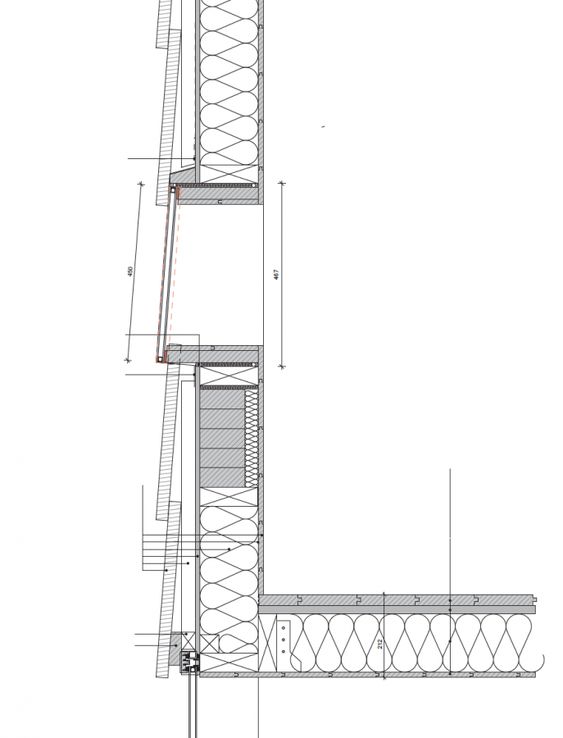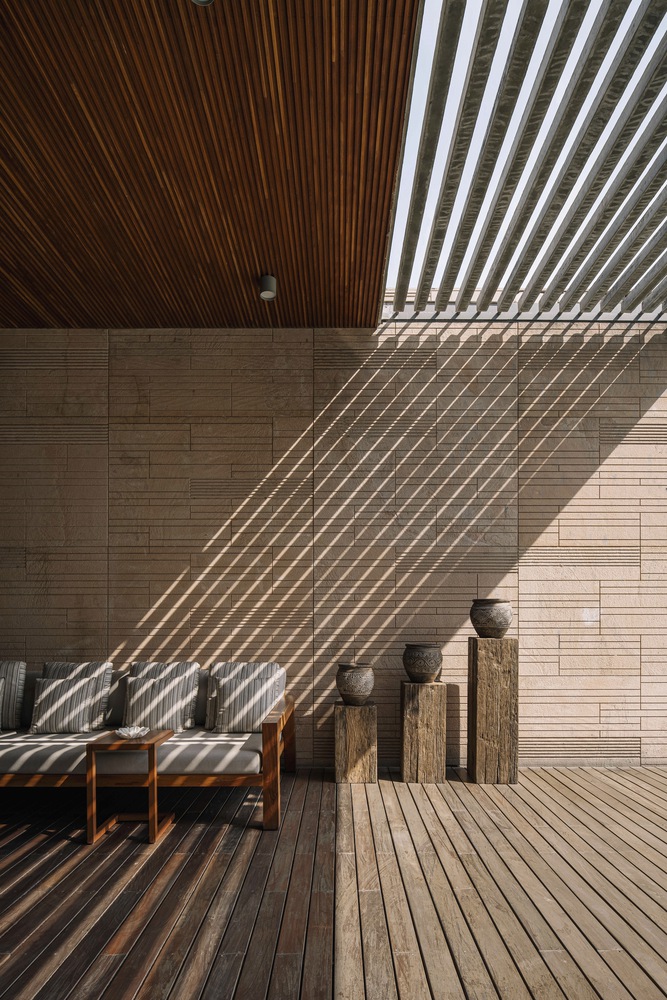Thermal Bridging
- No Comments
- Jan, 10, 2024
- admin
- Details, Passive Strategies
What is Thermal Bridging? Any break in the thermal continuity of the building envelope. Thermal bridging is when materials that conduct heat – typically with low thermal mass- pass through the building envelope and transfer heat and cold through those elements both in and out of the building, effectively bypassing the building’s thermal envelope. […]
Read MoreUnderstanding the Key Differences Between Air Barriers, Water Barriers, and Vapor Barriers in Building Construction
- No Comments
- Oct, 17, 2023
- admin
- Details
Keeping water out of your building or cabin is not as easy as you think. When thinking about the construction process some may think enclosing the building with sheathing, adding “building wrap” and then siding is enough. Making this assumption is a big mistake. There are three main types of barriers that should be considered […]
Read MoreNatural Plaster
- No Comments
- Oct, 05, 2023
- admin
- Materials
Natural Plaster: Pros & Cons Natural plaster is a beautiful vernacular material to be used wisely. The use of natural plaster has been used for centuries. It is a proven technique to provide a tactile surface that exudes beauty. At a basic level it is a mixture of clay, sand, straw, lime and water. Pigments […]
Read MoreWindow Detail
- No Comments
- Oct, 05, 2023
- admin
- Details
Cabin, Laksvatn, Norway. This unique window and wall detail shows how a window system can be incorporated into the siding and structure of the building using glazing outside of a standard frame. The window opening from the interior has a seamless sill and header, framing the view with little transition. Sealing the glazing will be crucial […]
Read MoreShading Devices
- No Comments
- Oct, 05, 2023
- admin
- Passive Strategies
Shading Devices Overview * Solar Control and Shading Devices, Olgay The type of shading devices best suited for a particular façade are determined by the building orientation and cardinal direction. A northern facing elevation typically does not require shading devices as northern light is a comfortable ambient light – glazing can also be enhanced on […]
Read More